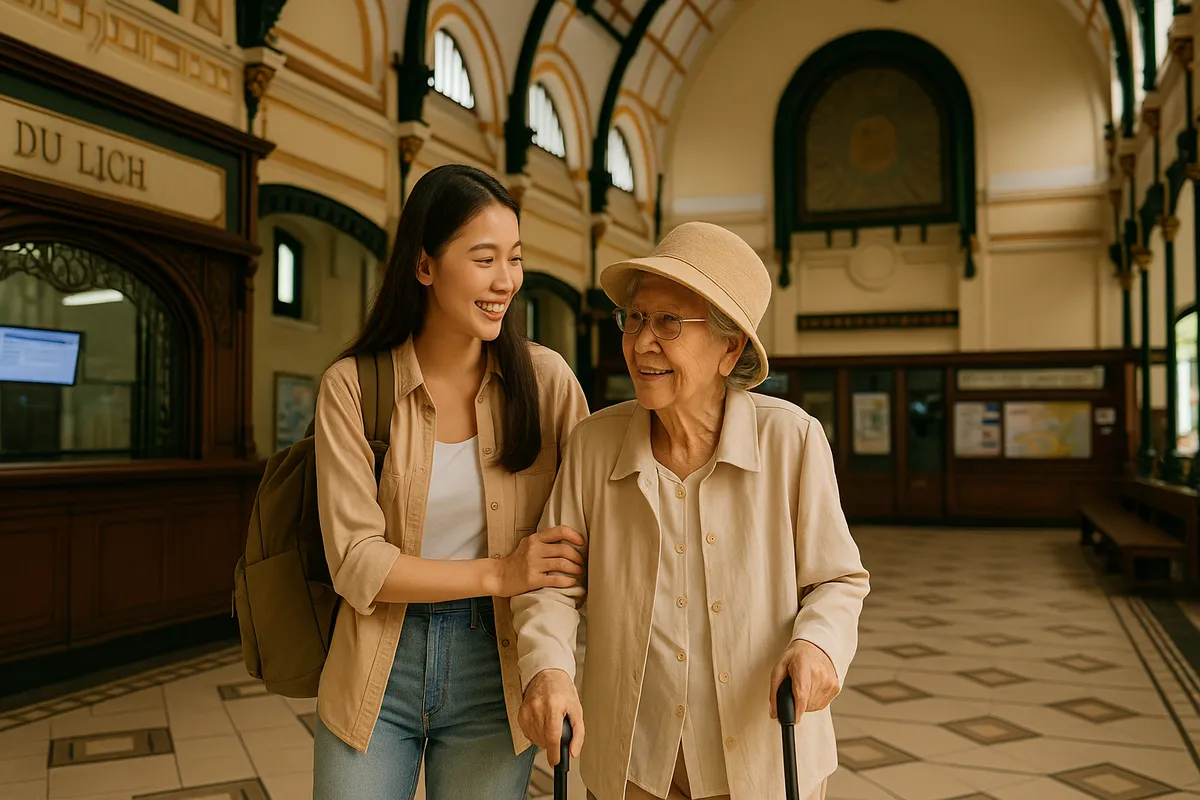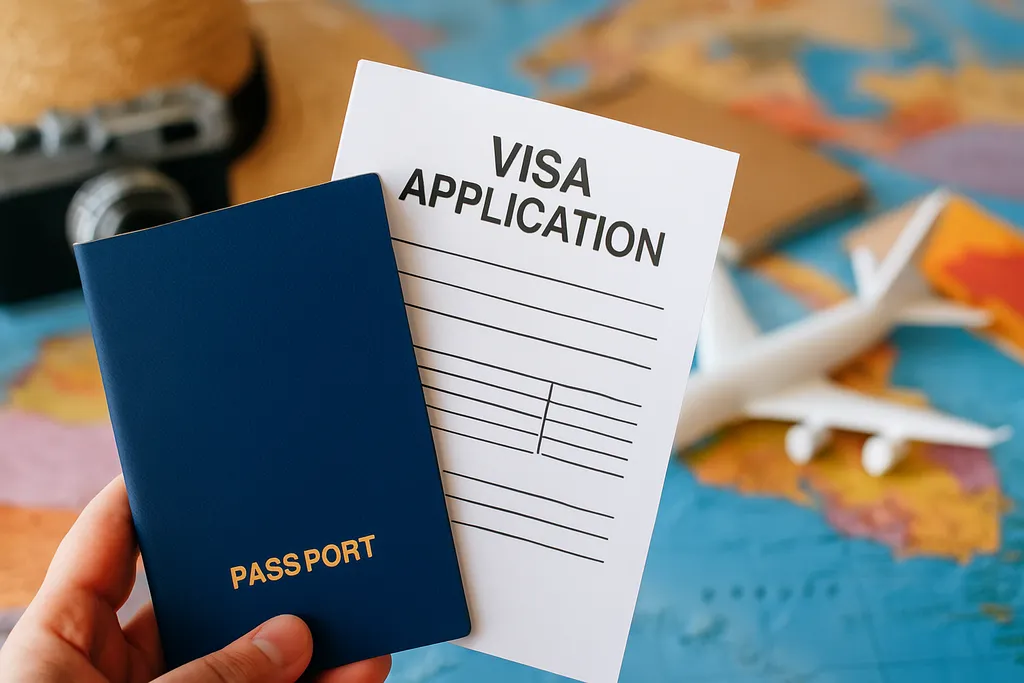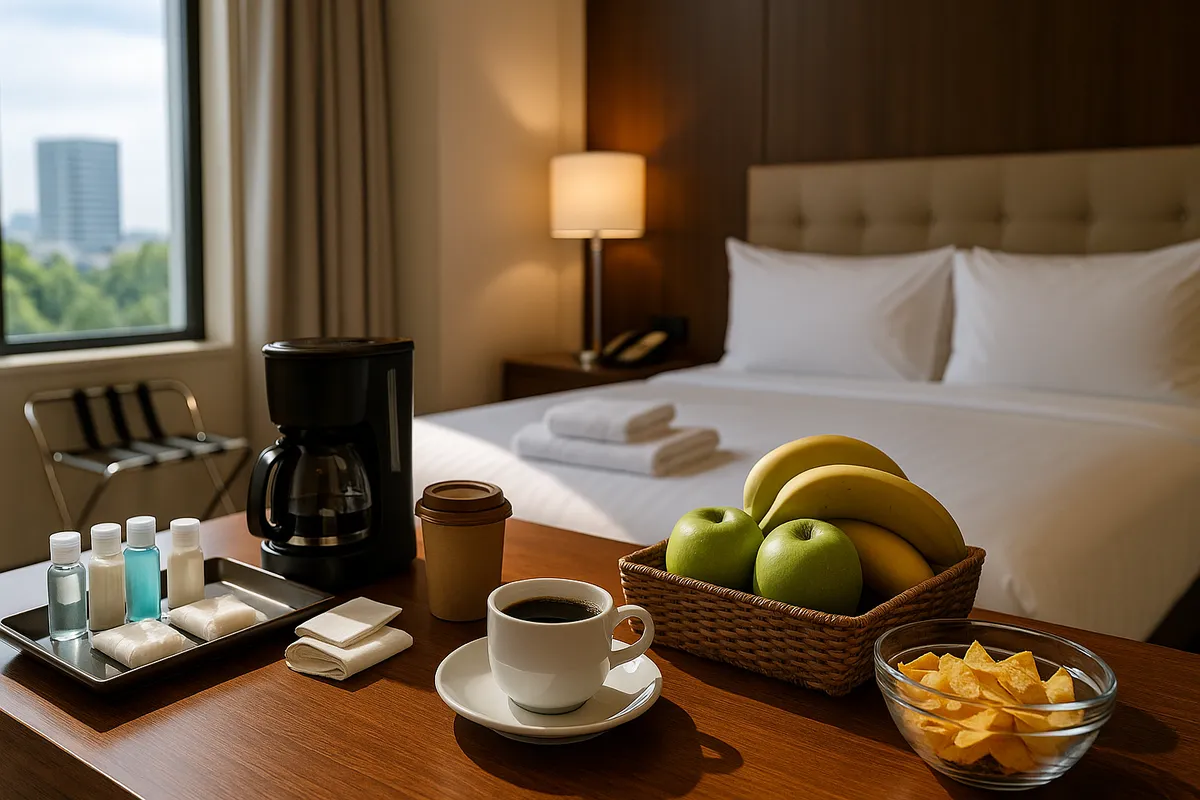Traveling with the elderly and things to keep in mind
- Sunday, May 18, 2025, 20:58 (GMT+7)
Traveling with the elderly and things to keep in mind
Unlike spontaneous road trips or thrilling adventures, traveling with elderly companions requires a much deeper level of preparation. The destination is important, but just as vital are the choices of transportation, itinerary design, accommodation, meals, even factors like temperature, altitude, and noise levels at the destination. What may seem like small details can either become obstacles or powerful catalysts that turn a trip into a meaningful and heartwarming memory.
One of the first and most essential considerations is the health condition of the elderly traveler. Many older individuals tend to avoid expressing discomfort, so it is crucial to proactively ask about their medical history, mobility, and any special health concerns. Conditions like high blood pressure, diabetes, or sensitivity to changes in time zones or air quality must be acknowledged. Only then can a suitable itinerary be built, avoiding long daily transfers or sudden altitude shifts in mountainous or plateau regions.
Experience from large family travel groups shows that a slow-paced schedule with fewer but well-curated destinations is ideal for older travelers. Avoid dense tour programs or the pressure to check in at multiple spots. Instead, focus on gentle experiences such as walking through old towns, savoring traditional dishes, or taking a peaceful boat ride. Many elderly travelers have said that they do not need to see many places; simply being with their children and grandchildren, breathing fresh air, and admiring calm surroundings is more than enough.
Transportation also plays a pivotal role. For flights, consider choosing aisle seats or seats with extra legroom to reduce discomfort and the risk of leg swelling or poor circulation. If traveling by car or bus, plan to take breaks every two or three hours. Overnight trains with beds and footrests are also a good option. One lesser known tip is to bring a neck pillow or lumbar cushion to support the spine and improve sleep quality during travel.
When booking accommodation, safety and convenience must come first. Avoid rooms on high floors if the building has no elevator. Bathrooms should be clean and ideally have handrails. Bed height, air conditioning settings, door locks, and bedside lighting are seemingly minor details that greatly impact comfort. Some hotels now offer basic medical support or have partnerships with nearby clinics, which can be very useful for longer trips.
Meals should be light and easy to digest, served on time, and aligned with existing dietary needs. If your family member follows a special diet, do not hesitate to ask the restaurant in advance about suitable menu options. A practical tip is to bring familiar foods such as instant porridge, cereals, or milk in case unfamiliar cuisine causes digestive discomfort. Also, always carry personal medication and prescriptions in case of sudden medical needs.
Traveling with elderly companions also requires emotional understanding. Not everyone adjusts easily to changes in environment. Some may feel anxious or disoriented when away from home for too long. Make them feel heard and involved in decision making. Something as simple as asking whether they would prefer a walk or a rest at the hotel can go a long way in preserving their sense of dignity and autonomy.
If your elderly companion has mild memory loss, it is helpful to prepare a wristband or card with emergency contacts and hotel information in case they get lost. When visiting crowded places like markets, festivals, or walking streets, always keep them in sight or organize the group into smaller pairs for easier management.
A highly recommended practice from many families is to write down the full itinerary, including travel times, key addresses, emergency contacts, and important landmarks. This not only reassures the elderly traveler but also helps everyone coordinate more smoothly if a problem arises.
Throughout the journey, do not forget to create quiet, loving moments together. Have morning tea by the window, read side by side, or take a beautiful family photo. These seemingly ordinary experiences can become treasured memories for both generations, as gaps in age are bridged by understanding and care.
Travel is not a race. It is a journey to the heart. For elderly travelers, the question is not only where they are going, but who they are going with. A truly fulfilling journey may begin with thoughtful preparation and end with a peaceful smile among nature, beside those they love most.
The final and perhaps most difficult truth to accept is this: travel while you still can. Do not wait until health becomes a barrier. Walk slowly together, but never delay in creating beautiful memories. Time may not turn back, but memories can last forever.

 CHECKIN.VN
CHECKIN.VN








Share on